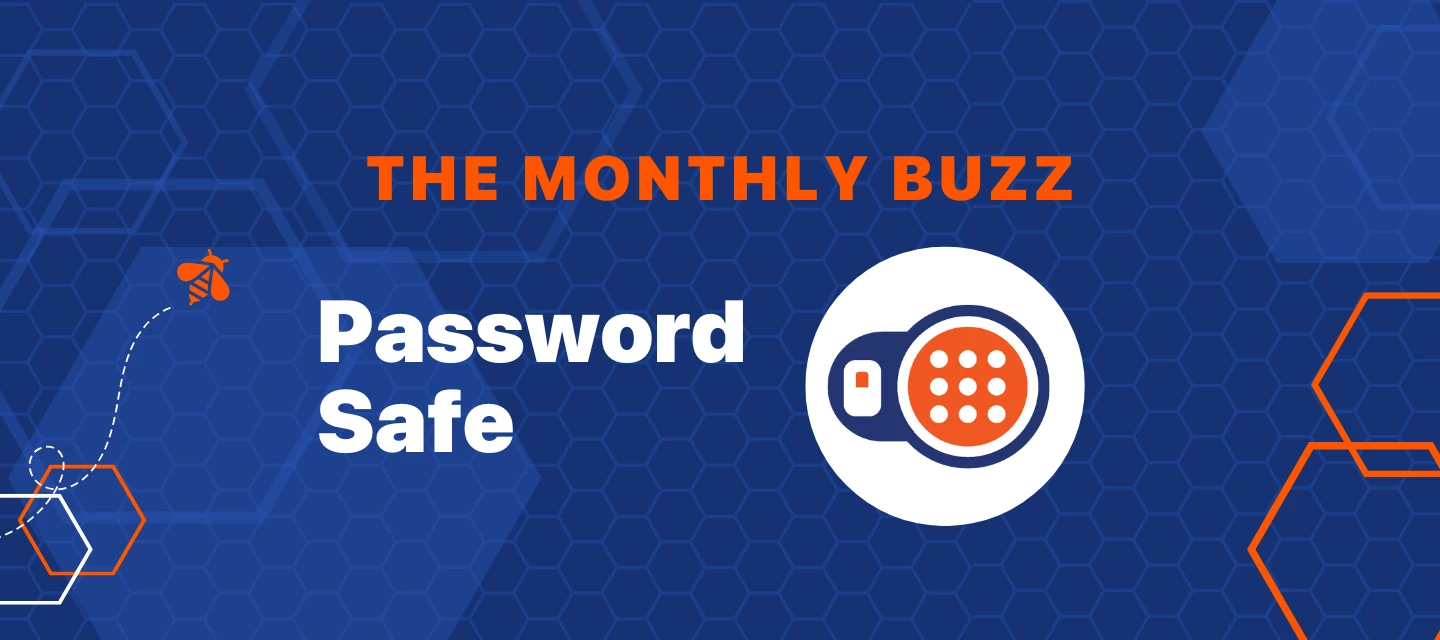Password Encryption 101: What It Is and Why It Matters for Credential Security
Password encryption is one of those fundamental security processes that happen behind the scenes, without awareness or notice by most people. Without this critical protection layer, your passwords would just be stored in plain text—as easy to read as this blog, should anyone be able to access your company’s server. Then, whoever accessed your credentials could use them to make malicious changes tied to your logins, or even sell them to the highest bidder. Clearly, password encryption is an essential piece of any organization’s cybersecurity toolbox.
In this blog, we’ll explore how encryption protects your passwords, break down other cryptographic concepts, like hashing and salting, and explain how enterprise tools like BeyondTrust Password Safe can help your organization stay secure, especially when it comes to managing privileged passwords.
How does Password Encryption Work?
Password encryption works by scrambling your password to make it unreadable and unusable by anyone but the user. Its main purpose is to protect the password while it’s in transmission, only decrypting it when you request to log in.
Password encryption uses an algorithm and an encryption key, which is a randomized string of bits, to turn plaintext (e.g., a readable password) into an unreadable format. When a login or file access later occurs, the encryption key is used to decrypt the data and reverse it into a readable format. This process is crucial to protect passwords, as it enables the secure storage and transmission of data.
Read more on our blog.
Customer Case Studies
Large State Entity: Large State Entity Adopts Identity Security Insights to Reveal Data Across Domains and Reduce Risk
Autoleague: Autoleague Enhances Identity and Network Security with BeyondTrust
Latest Available Version:
BeyondInsight and Password Safe Cloud 25.2 – July 2025
Beekeepers Hot Topics
How to enable "Automatic Password Change" for local Linux servers?
“I’m in the process of onboarding over 100 local Linux servers into BeyondTrust Password Safe, and I’m looking for a more efficient way to handle FA (Functional Account) assignment during setup.
Steps I’ve taken so far:
-
Added all 100+ servers to an Address Group
-
Created an asset-based Smart Rule
-
Set the assets within the Smart Rule to be Managed by Password Safe
However, when I try to enable Automatic Password Change Options, I’m only able to assign one FA (From smart rule). Since each server requires a unique FA, manually creating individual Smart Rules for each server would be highly inefficient.
Is there a way to automate or bulk assign one FA per server without having to create a separate Smart Rule for each one?….”
Click here for the most popular articles In our Beekeepers Community
Upcoming and In Case You Missed It Webinars:
Road Maps:
Upcoming Product Road Map PS: Thursday Oct 2, 2025
2025 July Product Road Map: Password Safe
User Groups:
Password Safe User Group Registration : Thursday, October 9th, 2025
Q1 Password Safe Virtual User Group Recording

Announcements
Earn $25 by reviewing BeyondTrust!
Your feedback not only helps us but also assists other businesses in making informed decisions. As a token of appreciation, we are offering $25 for each published review through G2 using the link below. Leave a review on G2 and earn $25!

Who To Contact
Need to reach someone from the team or have questions?
Find your main points of contact below.
Support:
Technical Support – Best Practice
Customer Success Management:


